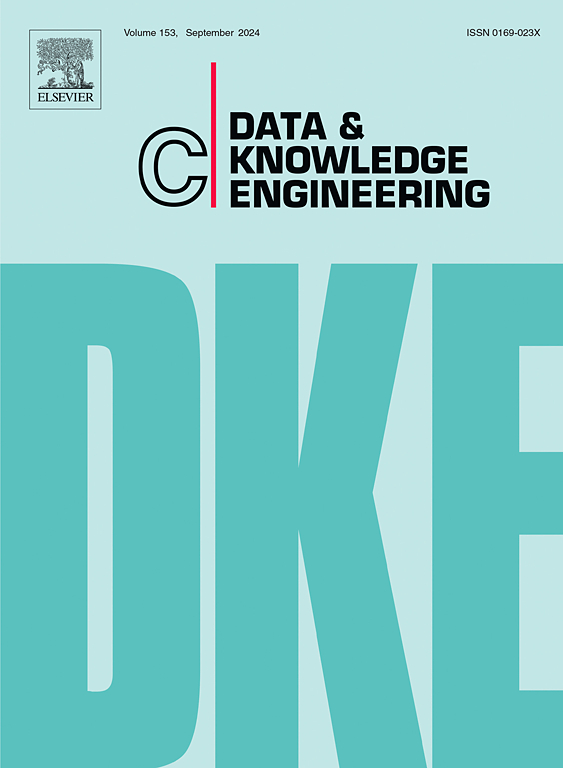Knowledge graph question generation based on crucial semantic information
IF 2.7
3区 计算机科学
Q3 COMPUTER SCIENCE, ARTIFICIAL INTELLIGENCE
引用次数: 0
Abstract
The aim of the knowledge graph-based question generation (KGQG) task is to generate an answerable, fluent question from a ternary knowledge graph and a target answer. Existing KGQG that study knowledge graph subgraphs and the question of target answer generation do not effectively capture the critical semantic information between tokens within nodes/edges in subgraphs and fail to make full use of target answers and answer markers. This has led to the generation of disfluent and unanswerable questions. To address these problems, we propose a model called knowledge graph question generation based on crucial semantic information (KGQG-CSI). Our proposed model utilizes the critical semantic information encoding module to dynamically learn the degree of significance of tokens within the edges and nodes of fused answers, capturing critical semantic information that would remedy disfluency. In addition, the target answers and answer markers are sufficiently integrated with the nodes to make the generated questions answerable. First, the attention mechanism is used to allow the nodes to interact with the target answers, thereby expressing the semantic information related to the answers more accurately. The nodes that have been processed through the critical semantic information encoding module are then spliced with the answer markers to reduce the ambiguous information. The experimental results on two public datasets show that the results of the proposed model outperform the existing methods.
基于关键语义信息的知识图谱问题生成
基于知识图的问题生成(KGQG)任务的目的是从三元知识图和目标答案中生成一个可回答的、流畅的问题。现有研究知识图子图和目标答案生成问题的KGQG不能有效捕获子图中节点/边内token之间的关键语义信息,不能充分利用目标答案和答案标记。这导致产生了不连贯和无法回答的问题。为了解决这些问题,我们提出了一个基于关键语义信息的知识图问题生成模型(KGQG-CSI)。我们提出的模型利用关键语义信息编码模块来动态学习融合答案的边缘和节点内标记的重要程度,捕获可以纠正不流畅的关键语义信息。此外,目标答案和答案标记与节点充分集成,使生成的问题可回答。首先,利用注意机制,允许节点与目标答案进行交互,从而更准确地表达与答案相关的语义信息。然后将经过关键语义信息编码模块处理的节点与答案标记进行拼接,以减少模糊信息。在两个公开数据集上的实验结果表明,所提模型的结果优于现有方法。
本文章由计算机程序翻译,如有差异,请以英文原文为准。
求助全文
约1分钟内获得全文
求助全文
来源期刊

Data & Knowledge Engineering
工程技术-计算机:人工智能
CiteScore
5.00
自引率
0.00%
发文量
66
审稿时长
6 months
期刊介绍:
Data & Knowledge Engineering (DKE) stimulates the exchange of ideas and interaction between these two related fields of interest. DKE reaches a world-wide audience of researchers, designers, managers and users. The major aim of the journal is to identify, investigate and analyze the underlying principles in the design and effective use of these systems.
 求助内容:
求助内容: 应助结果提醒方式:
应助结果提醒方式:


